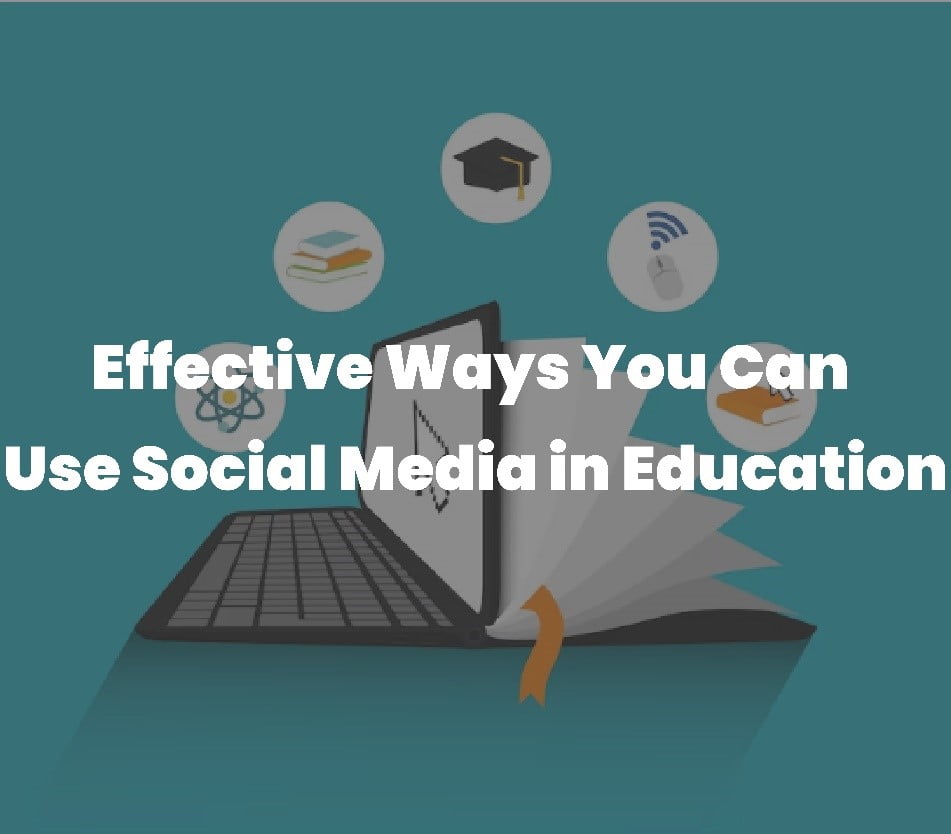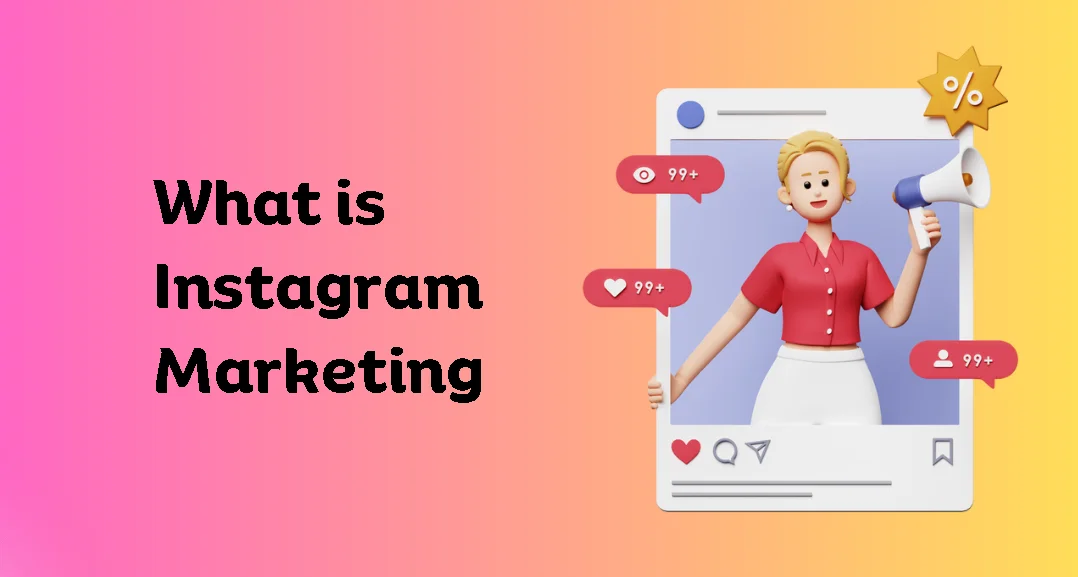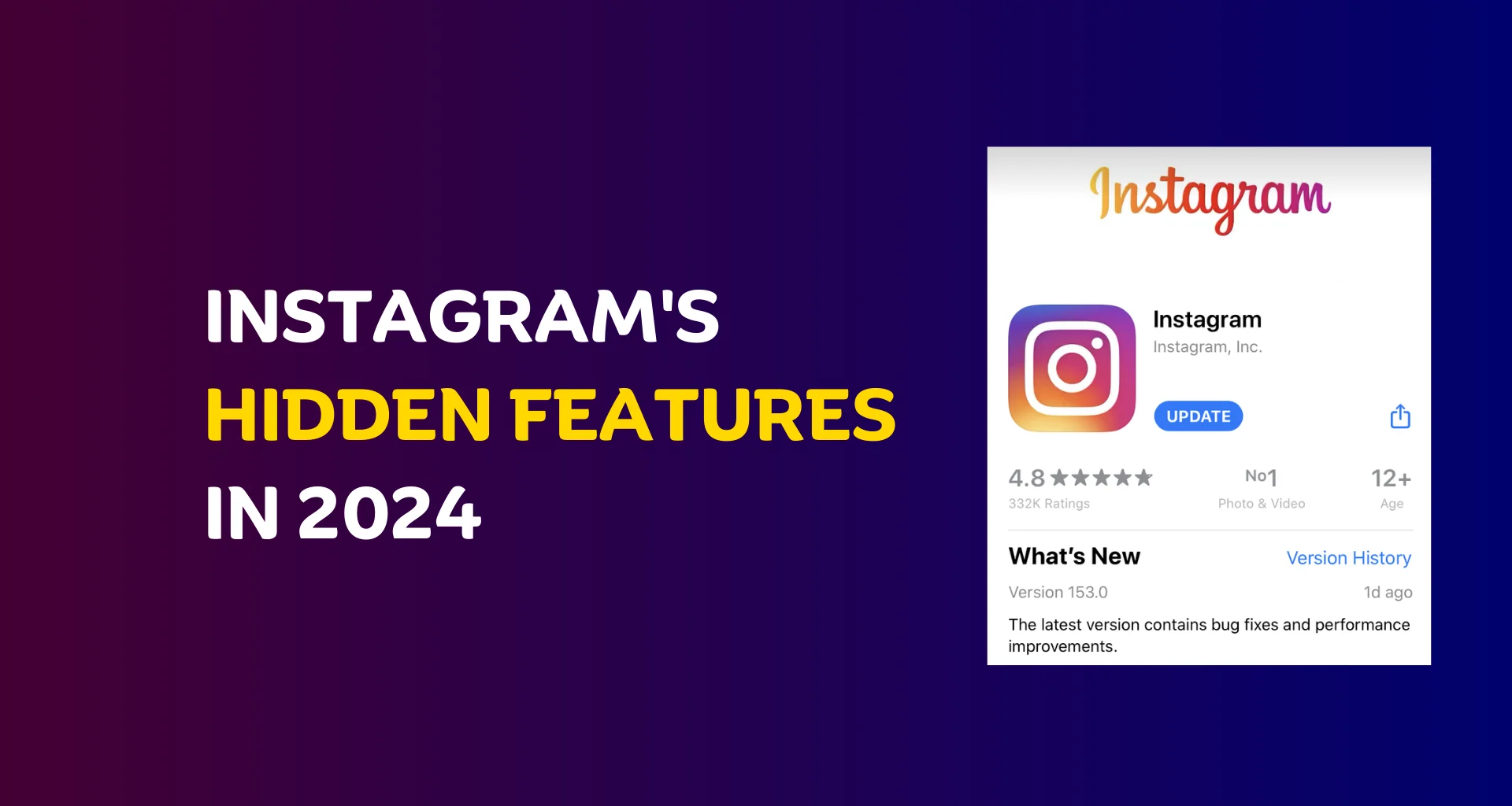Since gaining worldwide recognition in 2010 social media has evolved ever since. From promoting your brand to self-growth to growing professionally. When it comes to the use of social media in education it gets controversial. Many educators believe the use of social media as a teaching tool can open a wide range of benefits for learning.
The introduction of remote learning and the addition of modern innovations like artificial intelligence (AI) have made social media an even more vital component of the educational process than in the past.
If you are an educator and you are looking to keep up with the trends and strategies to spice up your educational channel or brand or you’re a teacher looking for ways that you can adopt to make your lectures much more interesting then you are in the right place.
In this article, we will discuss the tricks and strategies that you can adopt as an educator, to utilize social media effectively for learning while keeping the focus on effectiveness and its advantages.
Advantage 1: Extending Learning Opportunities
The potential for increased learning opportunities is one of the main advantages of adopting social media in high schools and universities. The context of education has changed, with online learning and remote job opportunities becoming the new standard. To prepare students for their future careers, it is essential to provide them with the computer skills, internet literacy, remote communication, and work skills they need.
For educators, social media platforms are great resources for a wide range of methods. These tools provide an array of ways to interact with students, from delivering important notifications to giving live lectures. Adopting social media as a teaching tool has become vital as the world gets more interconnected. It promotes an environment where learning surpasses borders and students can connect with sources and institutions directly from across the world.
Advantage 2: Increasing Engagement
Undoubtedly, engagement is an essential component of successful education. The benefits of student engagement in their education tend to be amazing. Anyone who has found themselves checking Instagram constantly can relate to the fact that social media is excellent at capturing attention. Social media’s influence and its effects on education are simultaneously expanding.
The educational programs can be given new life through the integration of social media platforms into the teaching and learning process. Having access to a variety of resources that can be used to enhance and clarify learning concepts is made possible by these platforms. Social media plugins can be used to enhance educational content and make it more interactive, encouraging student collaboration and sharing.
Advantage 3: Connecting the Educational System
Social media influences outside of the classroom by bringing together parents, teachers, and students in a healthy educational atmosphere. The success of students depends on frequent interaction and cooperation between all of these parties.
The use of social media to improve communication is now being acknowledged by many educational institutions. For instance, assignments and announcements can be shared on Facebook Pages, making it easier for students to receive information on their preferred devices. Facebook Groups provide a safe environment for making announcements, assigning homework, and even hosting live-streamed lectures on the internet.
Twitter, which tends to be connected to publicity, can be a helpful resource for educational institutions. Because of the character limit, students are urged to express themselves concisely and thoughtfully, which is a worthwhile learning experience as a whole. It also provides a forum for parents to interact with teachers, discuss issues, and organize events for different age groups.
The Modern School Bulletin Board
Children of today are already excellent at using the internet to look for help with their schooling because they were born into the digital age. Including Social media incorporation in their courses serves as an obvious next step. It transforms social media sites into online learning forums.
Using the internet for research is important in today’s society. You can also post a public essay on Facebook or Instagram and get comments from other users. Social media is evolving into the new school noticeboard.
Educational institutions should explore further the concept of a virtual bulletin board.
Developing Collaborative Learning Environments
Alongside its many benefits for communication, social media promotes collaborative learning spaces where students can coexist happily. Platforms like WhatsApp or Discord can be used for project collaboration and group chats. Students can work together to solve tricky problems thanks to these tools, which promote learning through working with each other and collaborating. By embracing the cooperative features of social media, teachers can encourage their students to take an active role in their learning, resulting in greater understanding and information sharing.
Conclusion
In conclusion, schools and universities need to explore the potential of social media use in the classroom. It is an important tool for modern education because of its capacity to increase learning opportunities, improve engagement, and connect the educational system. Teachers can provide students with an exciting, engaging learning experience that prepares them to enter the digital age by wisely using the opportunities with social media. Indeed, social media has replaced the traditional school bulletin board, and its influence on learning is only growing, predicting a better future for students all around the world.






